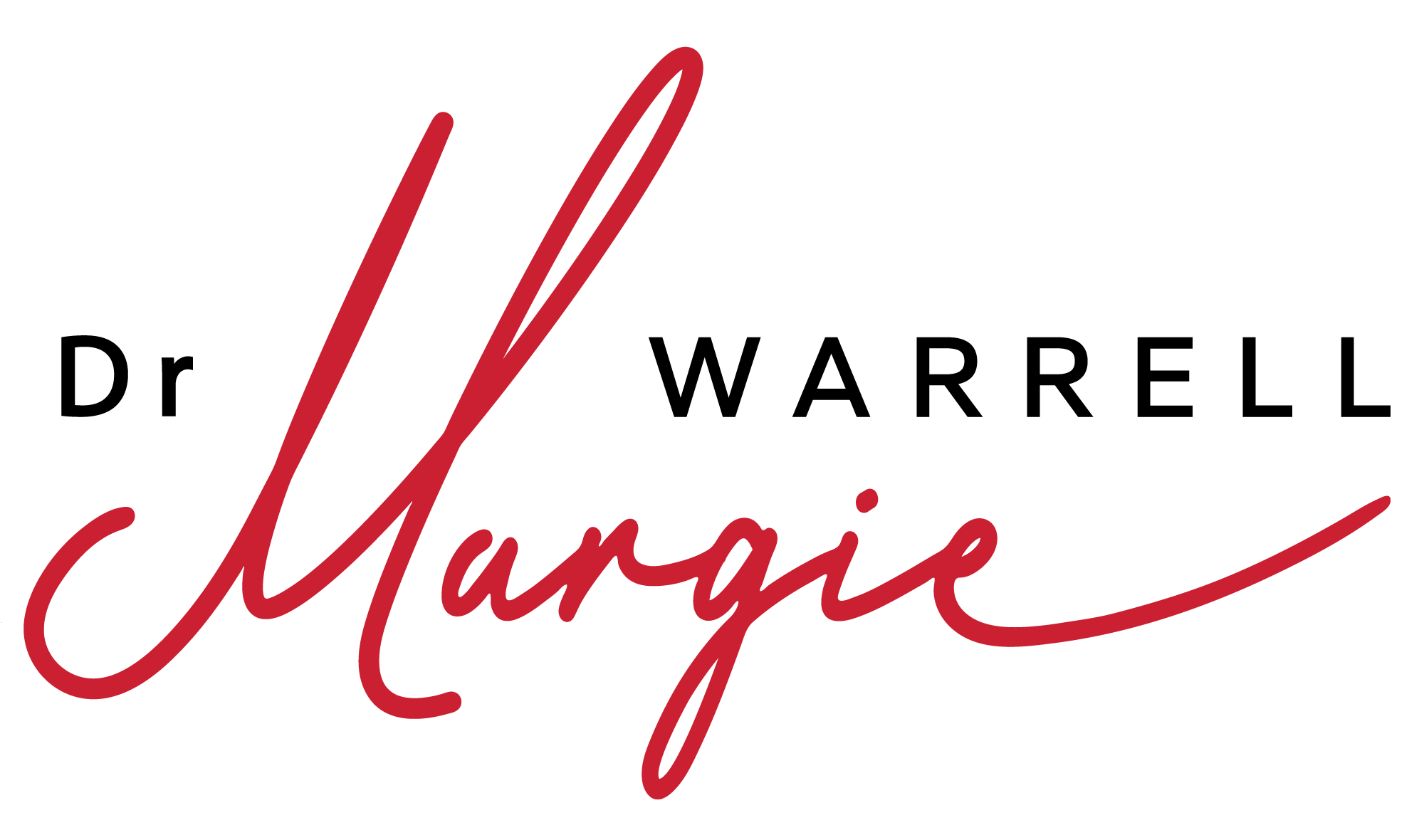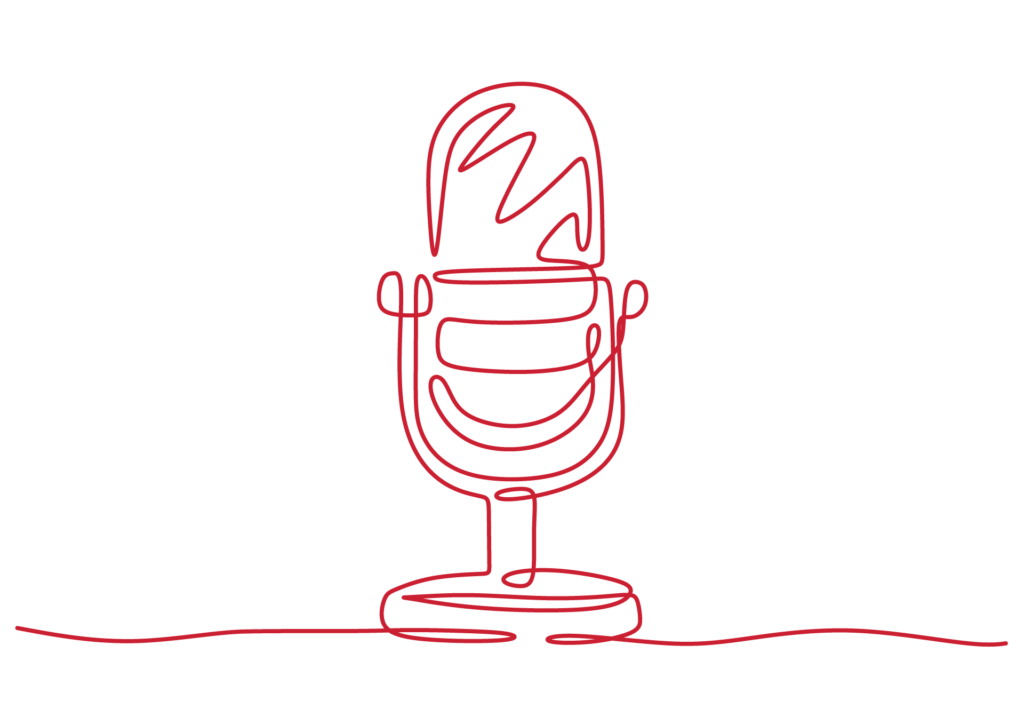In the 2000’s, the US Armed Forces introduced bulletproof body armor to protect American soldiers in deadly combat zones such as Iraq and Afghanistan. Yet the armor was so heavy that it weighed soldiers down and slowed their speed. General Stanley McChrystal, commander of the joint missions in Afghanistan at the time, decided that the compromise on speed and agility was not worth the protection, particularly for soldiers who had to climb the mountains of Afghanistan. “Yes, there was risk of wearing less and lighter grade armor,” he said, “but it outweighed the risk of it being too heavy.”
Managing risk is always an exercise in trade-offs.
The very dictionary definition of risk – “exposing oneself to the possibility of loss or injury” – lacks nuance and tilts the calculus toward avoiding risk, at least the most obvious and immediate. What is often not adequately factored in is how, by seeking to shore up short-term exposure, they inadvertently make themselves more vulnerable.
The greatest source of risk to us is us.
As much as we’d like to think otherwise, our decisions are formed more through emotion than logic. After a distinguished military career navigating the very real and deadly risks of combat, McChrystal concluded that the greatest source of risk are not external threats and dangers. Rather the greatest source of risk to us is us. More specifically, in how we detect, assess, respond and learn from risk.
The fact that our decisions are often directed less by logic than emotion (with fear being the most dominant) explains our tendency to over-index attention on the downside of risks right in front of us and under-prepare for bad (sometimes disastrous) events that may occur in the future. When looking back on disasters, people will often say ‘Nobody saw it coming’ when, in fact, many people saw it coming. The Covid-19 pandemic is an all too recent case in point.
Today we face an ever-changing landscape of complex and ambiguous risks. We know they exist but not all are visible. Couple this with news streams bombarding us 24/7 with reasons to feel anxious and keep a mask close by, it’s unsurprising that so many people are still wearing one.
The Covid-19 pandemic has magnified our sensitivity to potential dangers – particularly the most obvious and easy to capture our imagination. Messages to put ‘Safety First’ and ‘Better to be safe than sorry’ get embedded into our collective psyche. This is why we must be extra vigilant to discern real threats from imaginary ones and be vigilant in how we are preparing for and responding to potential risks. Failure to do so can render us vulnerable to our own biases and ‘blind spots.’
Not all risks are created equal.Reframing risk through a larger lens widens our aperture to identify less obvious paths forward.
We come hardwired with a temporal bias that discounts the distant future and channels our attention into what lies directly ahead. After lunch. Tomorrow. Quarter-end. This drives us to be over-protective in avoiding short-term at the expense of optimizing longer-term gain. Zooming up to reframe the current moment through a larger risk context – of time and space – widens our aperture to identify less obvious paths forward and then, galvanizes our courage and collective will to take them.
In business, this could be doubling down on innovation or pulling a product that’s generating cash but distracting resources better deployed elsewhere as market trends emerge. In all situations, it requires accepting that peripheral risk-taking is necessary to protect the core, advance the mission and forge new ground. As research by Korn Ferry Institute finds, leaders who operate from a ‘courage mindset’ are more effective enterprise leaders who deliver today while transforming for tomorrow.
Beware rationalizing your timidity
The term “loss aversion bias” describes our tendency to avoid loss – of power and profit; control and comfort; status and certainty. This bias explains why people (and organizations) often stay silent when they should speak up and default to cautious action over courageous action. Our tendency to avoid risk is reinforced by the fact the costs of playing safe and silent are rarely obvious or immediate. No alarms go off when no action is taken. But we should not underestimate the hidden ‘timidity tax.’ Like a car engine slowly leaking oil, it eventually breaks down.
“We hate to lose more than we love to win,” wrote Daniel Kahneman wrote in Thinking Fast and Slow. When uncertainty runs high, it triggers anxiety, turning forecasts into ‘fearcasts’ and rationalizing cautious inaction.
Beware of getting buried in a spreadsheet; indecision has its own risks
Yet often we do just that, wait until we know for sure we have the right plan with the optimal risk/reward ratio. However, given the uncertainty inherent in most situations, even massive data can’t eliminate every element of chance. Considered risk assessment is smart. Burying ourselves in spreadsheets trying to tabulate every potential danger is not. As any combat soldier can tell you, in the midst of battle, it is safer to run left or right than to stand still.
We crave predictability. But it’s when we are willing to venture out of the safe lane, particularly amid heightened unknowns, that we can yield the greatest rewards. To quote Formula One champion Ayrton Senna:
“You cannot overtake fifteen cars when it’s sunny weather, but you can when it is raining.”
Challenge your certainties
In 1946 as the first televisions hit the market, Darryl Zanuck, President of 20th Century Fox dismissed the potential competitor threat: “People will soon get tired of staring at a plywood box every night.” Forty years later Steve Balmer, Microsoft CEO, declared with equal confidence “The iPhone won’t be around for long.”
Often our certainty about what we absolutely know is right is our greatest source of vulnerability. To quote Mark Twain:
“What gets us into trouble is not what we don’t know. It’s what we know for sure that just ain’t so.”
Risk = Threat x Vulnerability
McChrystal points out that it is our ability to prevent, avoid or mitigate a threat that determines to what extent it constitutes a risk.
If we aren’t vulnerable, threats don’t matter.
If there are no threats, vulnerability doesn’t matter.
But more often, we cannot reduce either to zero and so we must move forward despite both the threat and our vulnerability. ‘There are risks and costs to action,’ said President John F. Kennedy, ‘but they are far less than the long-range risks of comfortable inaction.’
Counterintuitive as it is, but playing safe often makes us less secure and more vulnerable, not the other way around.
Kennedy’s words hold true both on the individual level as well as on the collective. Clearly testing the depth of water with both feet is just stupid. But being too timid to take any chance creates the greater risk of not learning, not growing, not advancing, and not discovering what lies beyond what we already know.
Not all risks are created equal. Managing it well requires being proactive in controlling every factor within our reach. As General McChrystal wrote in (which Stan elaborates on in Risk: A Users Guide:
“There is far more than lays within our control than outside of it.”
Indeed, history teaches us that no worthy endeavor is achieved without risk. Trying to bulletproof ourselves from all potential dangers puts us at risk of collapsing under the weight of our protectiveness.






